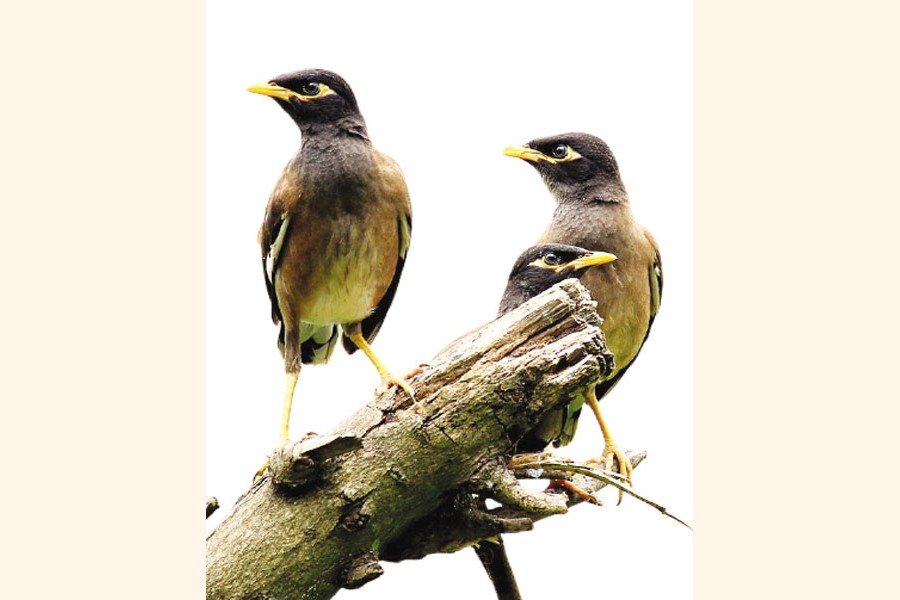
Published :
Updated :

Birds and fish are two species which require no passport and visa to travel to any country or territorial water. On that count their freedom is enviable indeed. Quite a number of both species travel thousands of miles or kilometres either to spend a considerable time away from their place of birth and return back to raise their young ones exactly there. They are the world's greatest nomads but there is a definite pattern in their migration and homecoming.
Now that winter is pummelling the northern hemisphere with deep layers of snow covering almost everything and even water of lakes and rivers in some regions of the extreme north turning into ice, birds had no way of staying there. They are programmed well enough to take to their wings long before the cold spell batters Europe and the central Asia. Their destination is mostly South Asian region dotted with wetlands and welcoming water bodies. Thus large ponds, lakes, swamps and rivers and even sea coasts in Bangladesh prove to be preferred destinations for them.
Right now a bird census is now being carried on in the country's famous haor (wetland) areas in Sylhet. Ornithologists boast expertise enough to carry out such a task. But in a country where birdwatching and birding have become a favourite pastime only recently, the special branch of science called ornithology has failed to make much headway. Birders are quite sensitive to distinguish themselves from birdwatchers because they consider the latter just amateurs who have only a casual approach to bird sighting as against a passionate involvement with the exercise.
However, in this country there are dedicated birdwatchers who assume the role of both birders and ornithologists. No distinction is made between birdwatchers and birders and their passion is not questioned at all. There are groups of such bird lovers who undertake more serious assignments than their counterparts elsewhere usually do. Thanks to their commitment, Bangladesh has come to know about a handful of rare residential and migratory birds thought to have been extinct or never seen before.
Then there was news that some injured vultures were rescued from different areas and handed over to the forest department for release into the wild. Just ordinary citizens have to their credit this amazing feat. Admittedly, the majority of the ordinary people are yet to be friendly and caring to birds, particularly if they have food value. But a section of youths in rural areas have formed groups who take pains to create a bird-friendly environment in and around their villages. They even fix earthen pitchers on trees all across the village for nesting of birds.
Thus flocks of birds have found safe shelters on trees or bamboo clusters even in an unlikely setting. Some places report that migratory birds such as lesser whistling ducks or teals did not go back to Siberia or any such place from where they are supposed to have come. Instead, they nested on a tree on the bank of a pond used by people. They raised chicks and the young ones swam on the water of the pond.
This shows that both people and birds are coming closer to each other. In fact, in discovering the closeness or bond between all forms of life, both get enriched. Thus biodiversity flourishes and this world turns still more colourful and resourceful. But against this happy development, its downside is no less depressing. There are bird hunters who clandestinely enmesh the migratory birds which usually forage in large number at a place. These birds are also sold in the open at times although not as randomly as in the past.
Birds, whether migratory or residential, have their unique way of a short span of life. All are beautiful but some look simply heavenly. Those who think of birds in term of a few morsels of flesh are the ones deprived of love and a sense of beauty. These are feathery friends in the real sense of the term. They are a rhythmic delight on flight too. Time even the ordinary people were made to appreciate the value of life.


 For all latest news, follow The Financial Express Google News channel.
For all latest news, follow The Financial Express Google News channel.